
Hello! I’m Kaoru, a composer!
This time, I want to focus on equipment coordination for those who want to start playing bass.
In the past, there were often comments like:
- Bass is dull.
- Is a bass even necessary?
However! I feel that the popularity of bass has been increasing year by year lately.
Even though it’s a rhythm section instrument, the ability to play lead and the powerful, impactful sound of slap bass are unique charms of the instrument!
I’ve put together a beginner-friendly set with a budget of around 50,000 yen, so I hope you find it helpful!
What Do You Need for Bass?
Here are the essential items you should have when starting to play bass.
- Bass guitar
- Bass amplifier
- Shielded cable
- Tuner & metronome
- Maintenance tools
- Stand
These items are definitely worth having.
Recently, there are many affordable products with high quality, so there are plenty of options available. Among them, I will pick out some recommendations.
PLAYTECH / JB480 Gold [Carbonized Maple Neck]
This electric bass from PLAYTECH, a brand by Sound House known for a great deal, has been impressive. I’ve bought a few over the years, and I feel the quality keeps improving.
Compared to before,
- Fret finishing
- Paint consistency
- Electronics (like noise reduction)
are clearly upgraded.
The bass arrives ready to play without needing parts replaced or adjustments.
Additionally, this series features ‘carbonization treatment’.
To put it simply,
carbonization removes unnecessary moisture by heating the wood at a high temperature. This process results in:
- A modern vintage look (like the warm, amber-colored fingerboard)
- Vintage sound
- Improved stability and warp resistance
Despite all this attention to detail, it sells for around 16,000 yen, which makes you wonder how they make a profit!
With a variety of color options, it’s appealing to players of all ages.
The globally popular Ampeg offers this bass amp perfect for home practice.
It’s a favorite among Japanese bassists like Kazuhiko Nakamura (9mm Parabellum Bullet) and MASAKI, along with many other musicians.
With a 30W output, this amp works well for home use and can even handle small live venues.
The control panel features a 3-band equalizer.
This makes it simple to shape your sound intuitively, so you naturally learn how to craft tones over time.
Its standout feature is the unique Super Grit Technology. With the switch on, you instantly get that iconic Ampeg overdrive, with a smooth, rich distortion—a dream for fans of the brand!
It also offers practical features for practice:
- An AUX IN jack lets you play along with tracks from a smartphone or other device.
- A headphone out allows you to practice quietly and focus on your sound without distraction.
For around 19,000 yen, you can experience that authentic Ampeg sound—a great era for bassists!
For me, the most essential item is a quality instrument cable.
While this one is a bit pricier, it’s worth every yen and highly recommended!
I personally use this series exclusively for my bass.
Here’s why this cable stands out:
- Exceptionally Low Noise: I compared it with others in the same price range, and this had the least noise.
- True-to-Tone with Clarity: It lets you hear the bass’s authentic sound with impressive clarity.
- Preserves Fine Nuances: It captures details like finger and fret noise with precision.
I really appreciate these qualities.
It’s excellent for electric guitars as well!
Enhance the enjoyment of your playing through great sound!
This is a card-type tuner.
With its pocket-friendly size and AA battery operation, it’s incredibly convenient!
It’s suitable for both bass and guitar.
It even accommodates alternative tunings, making it ideal for players across various genres.
The biggest advantage is that it includes a metronome function, essential for bass practice!
As rhythm training is crucial for bassists, I highly recommend incorporating this into your practice routine.
This stand securely holds your bass, providing solid support for both the body and neck, which helps to reduce strain on the neck.
The base features a non-slip rubber material, giving it excellent stability against movement.
Despite being lightweight, it’s incredibly sturdy, and I’ve used it for years.
It’s also rare to find such a variety of color options available!
Nekodamari Kobo / Homemade Clear Beeswax Polish Young Grass Green
For long-term care of your bass, regular maintenance is essential.
However, it can feel like a chore at times...
That’s where this product comes in handy!
This polish works on wood, metal, and leather, allowing you to maintain your entire bass as well as leather straps in one go.
It’s also safe for use on painted surfaces!
(Note: Test it on a discreet area first, as results may vary depending on finishes.)
With various scents available, you can switch them up to match your mood!
Japan’s climate isn’t ideal for musical instruments.
Be sure to maintain them regularly!
That wraps up our beginner-friendly ‘Gear Coordination’ for bass.
I hope this article helps you start a fulfilling musical journey!
Let’s all enjoy playing bass!
The column "sound & person" is made up of contributions from everyone.
Click here for details about posting.





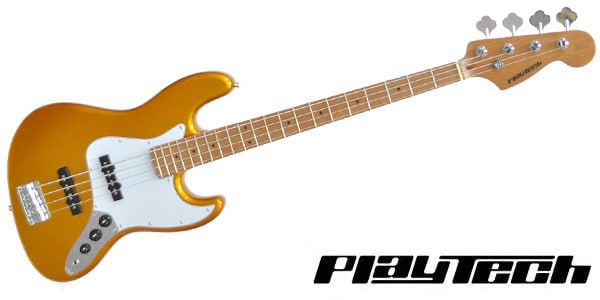
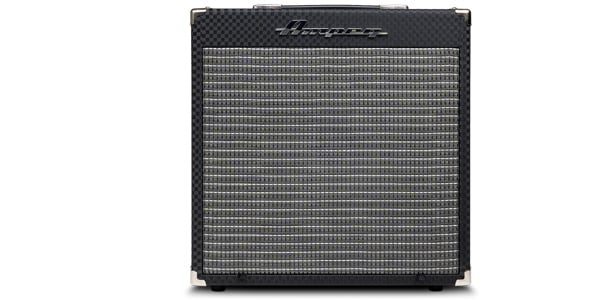
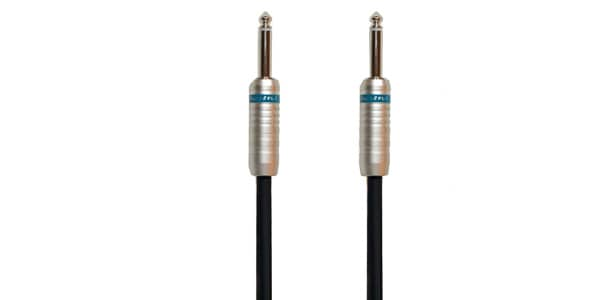
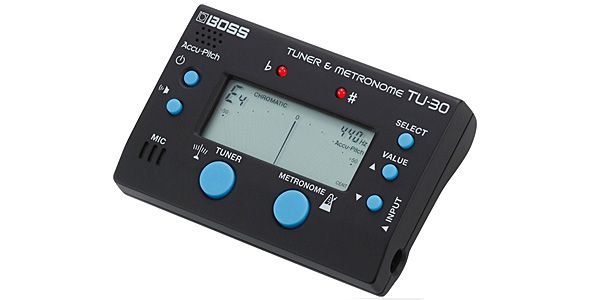
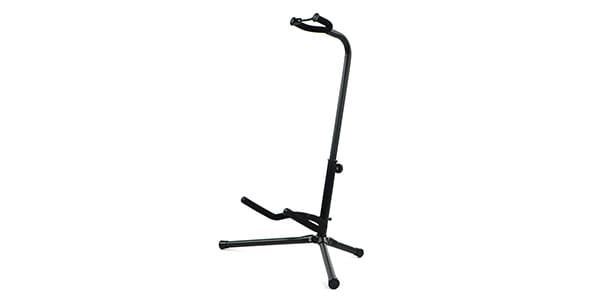




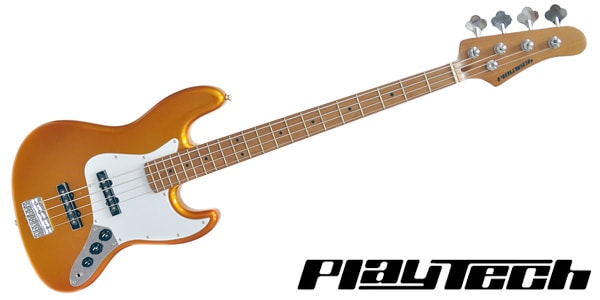








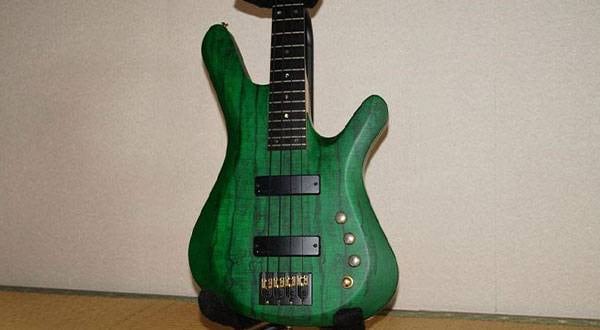
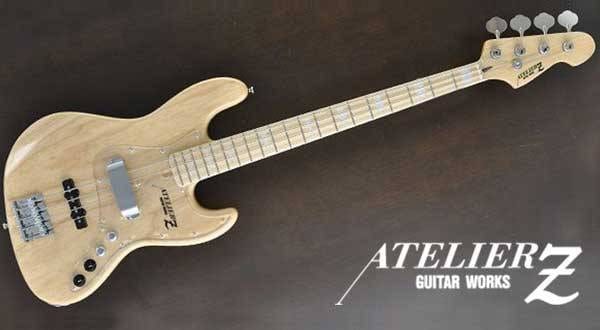
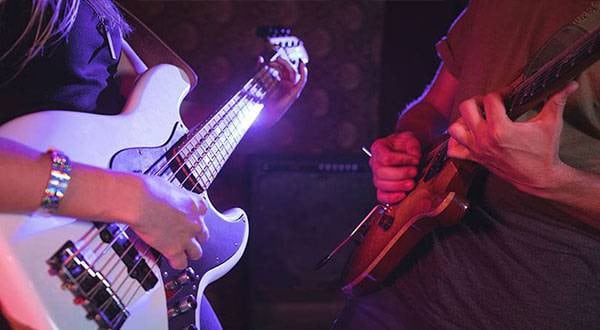
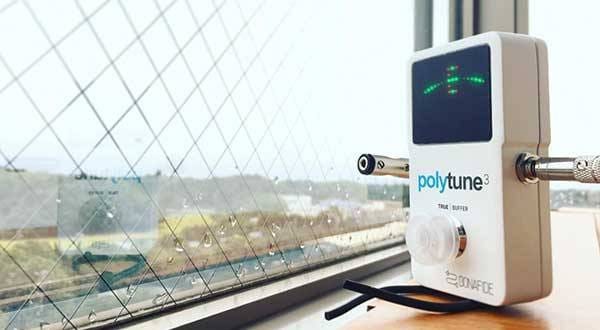
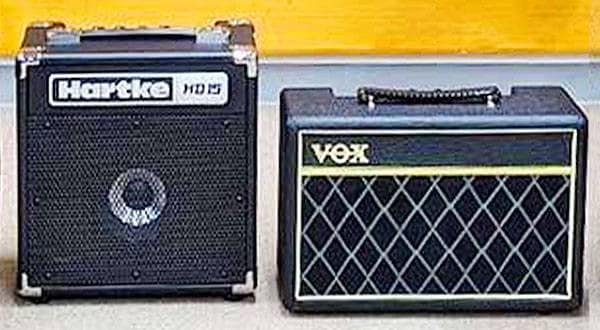

 ベース弦の張り替え方法
ベース弦の張り替え方法
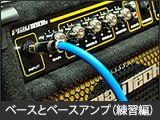 ベースとベースアンプ(練習編)
ベースとベースアンプ(練習編)
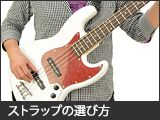 ベースケースの選び方
ベースケースの選び方
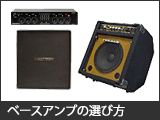 ベースアンプの選び方
ベースアンプの選び方
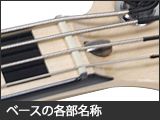 ベースの各部名称
ベースの各部名称
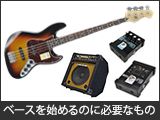 ベースを始めるのに必要なものは?
ベースを始めるのに必要なものは?















